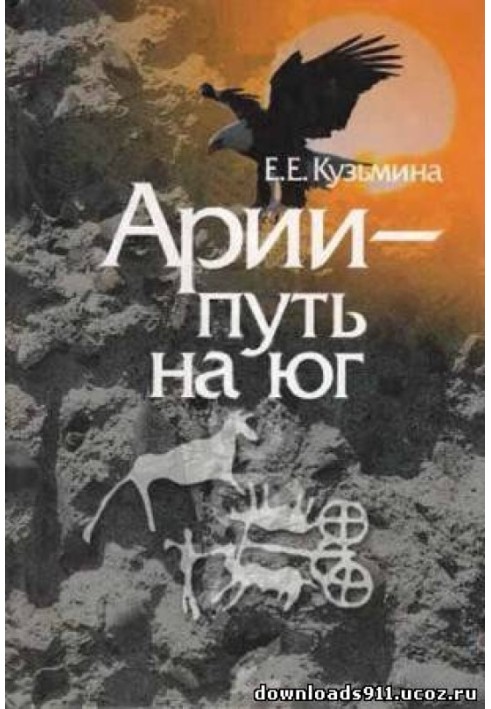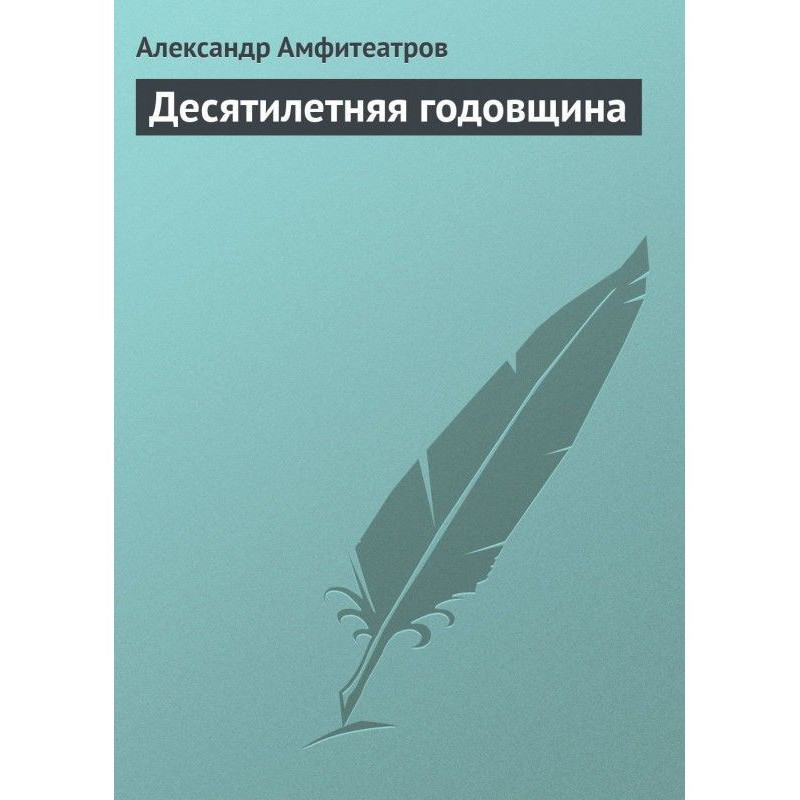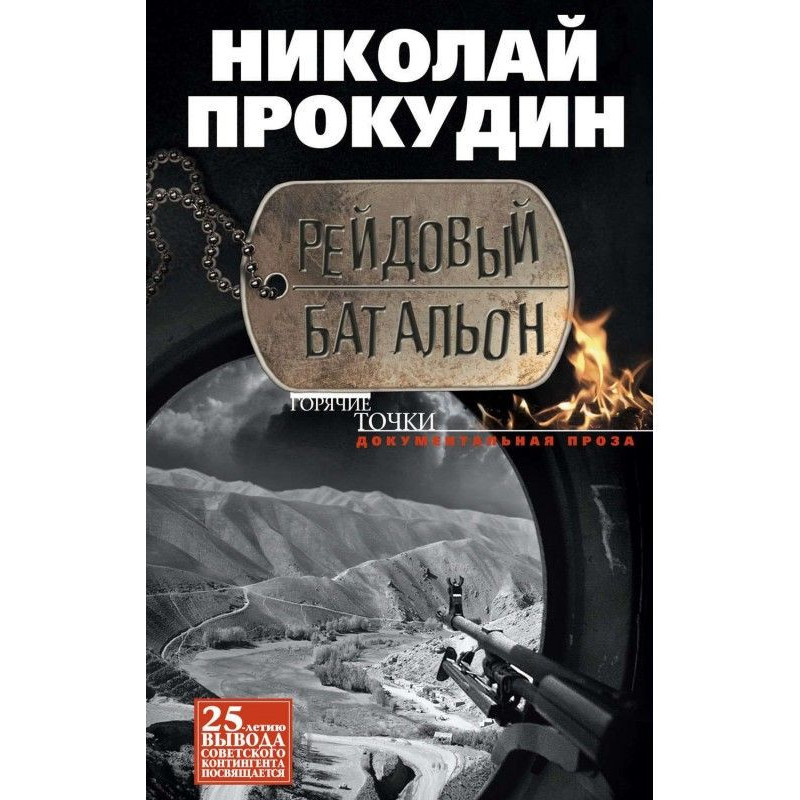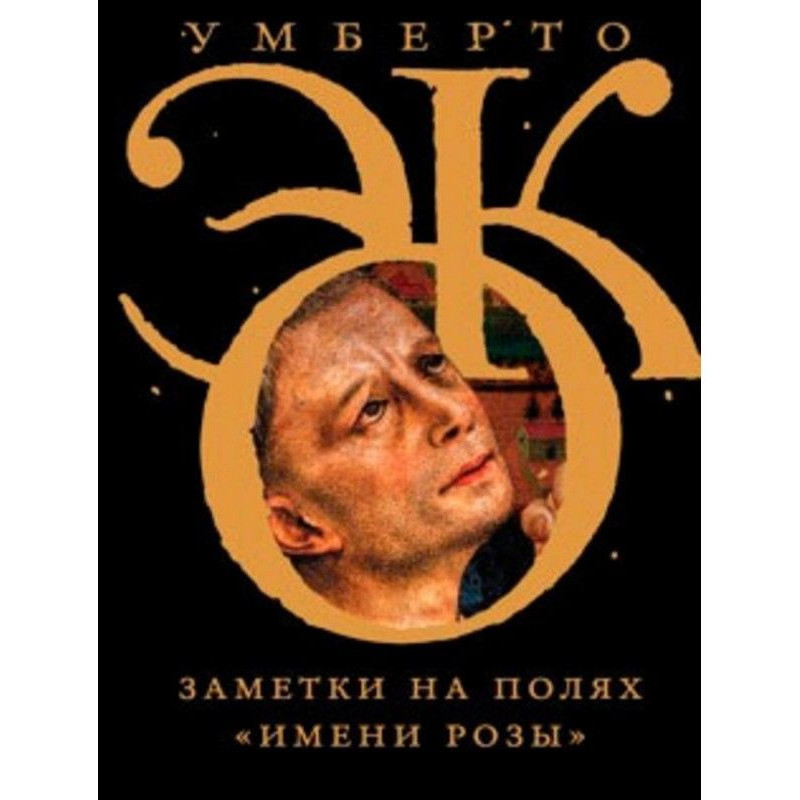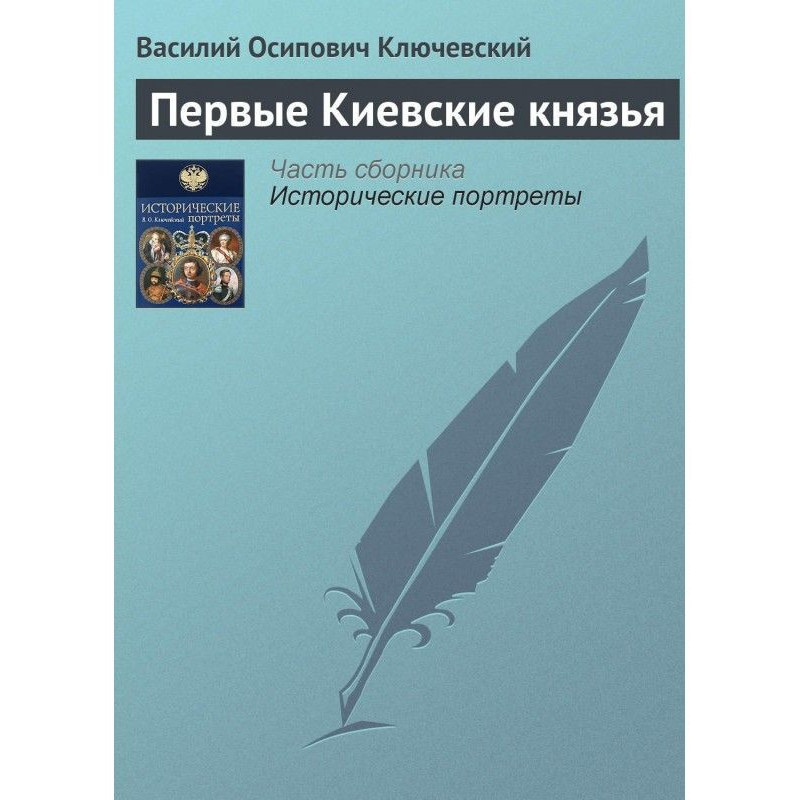Arias - the way to the south
 Instant download
Instant download
after payment (24/7)
 Wide range of formats
Wide range of formats
(for all gadgets)
 Full book
Full book
(including for Apple and Android)
The book represents the first comprehensive study in domestic and world science of the problem of the origin of the Aryans - the Indo-Iranian branch of the Indo-Europeans. Based on the analysis of the texts of the Rig Veda, Atharva Veda, Shatapatha-Brahmana of the Indo-Aryans, and the Avesta of the Iranians, a reconstruction of the ancient culture of the Aryans was carried out. Its comparison with specific archaeological cultures of the Ancient World of the 2nd millennium BC. allows us to consider the most likely ancestors of the Aryans to be the creators of the Sintashta-Arkaim monuments in the Urals of the 21st-18th centuries. BC. On the Sintashta basis, tribes of the Timber (from the Danube to the Urals) and Andronovo (from the Urals to the Yenisei) cultures were formed; later they gradually moved to Central Asia and further south to Northern Hindustan, where they became the ancestors of the Dards and Indo-Aryans. Part of the steppe population in the XIII-IX centuries. BC. passed through the Caucasus and Central Asia to Iran, Afghanistan and Baluchistan, becoming the core of the formation of Iranian tribes. The religious reformer Zarathushtra acted among them. The tribes that remained in the steppes became the ancestors of the Scythians and Saks, who played a large role in the culture of our country. Table of contents: PREFACE INTRODUCTION History of the study of the problem of the origin of the Indo-Iranian peoples Classification of Aryan languages I CULTURES OF TRIBES AND THEIR MIGRATIONS IN CENTRAL ASIA 1. Cultures of Central Asia IV - III millennium BC2. Culture of the south of Central Asia II - early I millennium BC.3. Settlement of pastoral tribes in Central Asia4. Cultures of BactriaII ORIGIN OF INDO-IRANIAN PEOPLES5. The current state of the problem of the origin of the Indo-Iranians6. Origin of Dards and Nuristans7. Origin of Vedic Indo-Aryans8. Origin of Iranians9. Origin of Western Iranians10. Origin of the Eastern Iranian nomads Sakas and Scythians11. The origin of the culture of the eastern Iranians of the agricultural regions of Central Asia12. Origin of the culture of the eastern Iranians of Afghanistan and Balochistan13. The formation of the agricultural culture of Iranian-speaking peoples in the northern regions of Central Asia14. Origin of Eastern Iranian peoples: conclusions15. The problem of the date of ZarathushtraCONCLUSIONPost scriptumBibliographyList of abbreviationsAppendicesDictionary of Indo-Iranian mythological names and terms (compiled by S.V. Kullanda)Radiocarbon dates of Andronovo monuments and monuments of adjacent territoriesSummaryMapsIllustrations
Data sheet
- Name of the Author
- Елена Кузьмина Ефимовна
- Language
- Russian
Reviews
Вражаюче дослідження, яке відкриває нові горизонти в історії!
Книга "Арії - шлях на південь" є справжнім науковим досягненням, яке пропонує читачеві глибоке і всебічне дослідження походження аріїв та їхньої культурної спадщини. Автор вдало поєднує аналіз давніх текстів, таких як Рігведа та Авеста, з археологічними даними, що дозволяє створити чітку картину розвитку індоіранських народів. Особливо вражає реконструкція найдавнішої культури аріїв, яка показує, як ці племена вплинули на формування культур Середньої Азії та Індії. Книга не лише наукова, але й дуже доступна для читача, що робить її цікавою для широкого кола людей, які цікавляться історією та культурою. Вона спонукає до роздумів про наше минуле і те, як воно вплинуло на сучасність. Рекомендую всім, хто хоче поглибити свої знання про індоєвропейську історію та культуру!

